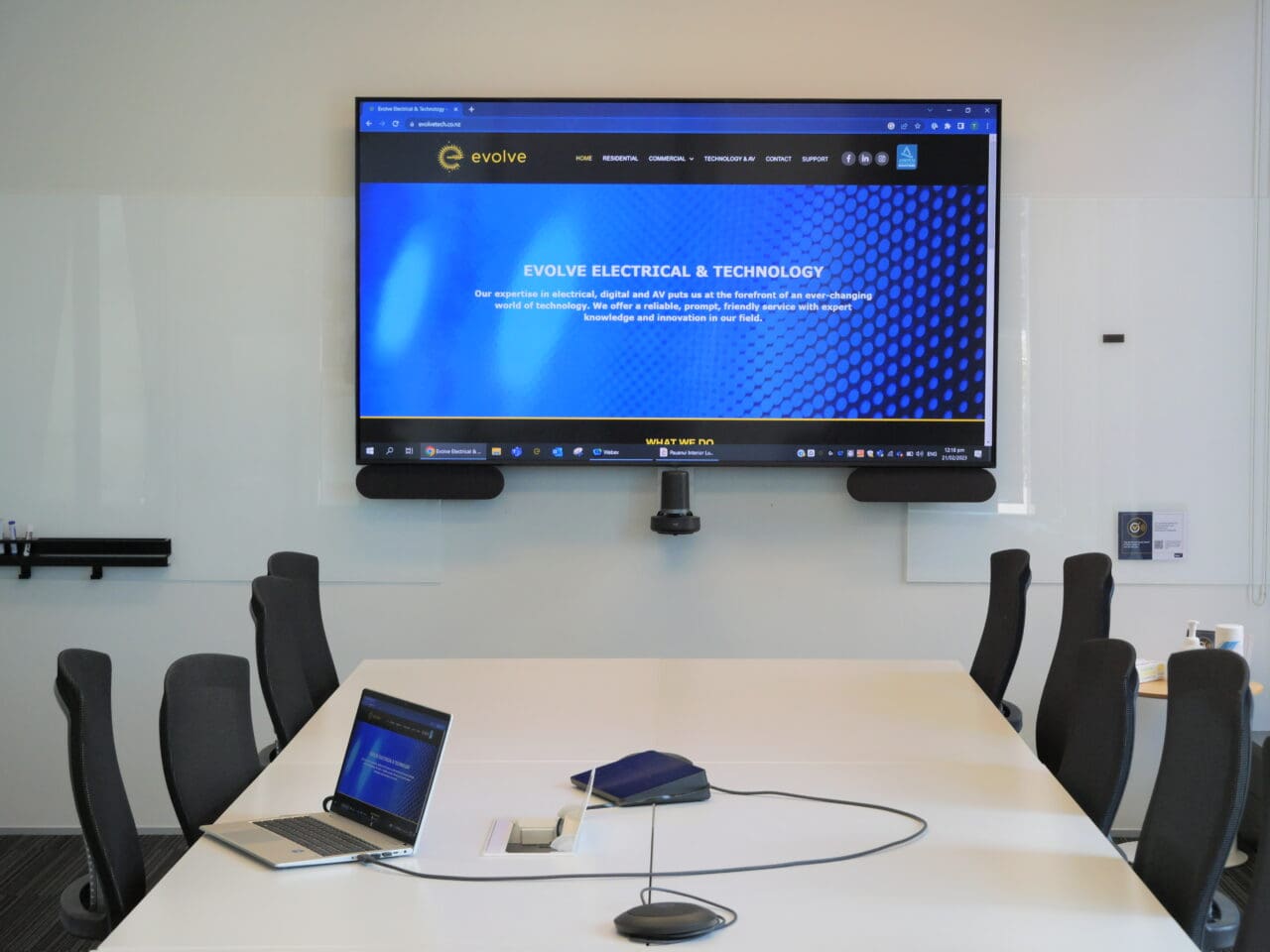




In an age where half of your employees are working from home while the other half are in the office, video conferencing has become an essential collaboration tool. But is it worthwhile installing a dedicated setup in your office? Better yet, if you do, how do you make the best of it?
There’s a lot to learn here. The pandemic kicked workplaces into an aggressive learning curve, accelerating our evolution from in-person to hybrid working practices. A few years on from the height of lockdowns, remote work is more common than ever.
While this might be a challenge, it’s also an opportunity. If workplaces can look at this evolution as a chance to boost their collaboration, there are new levels of productivity on the horizon.
With that in mind, we’ve put together a review of the benefits and drawbacks of video conferencing technology, as well as some suggestions for making the best of the boost.
According to a recent McKinsey survey, ‘nine out of ten organizations will be combining remote and on-site working’. In other words, the hybrid model of working is currently at its peak. To adapt to this, you might be considering installing AV software for video conferencing. Before you jump in, here are some of the benefits and drawbacks of video conferencing as a whole.
To help you navigate a potential transition to online meetings with your team, we’ve also put together some best-practice collaboration
tools to make your lives easier.
Technological glitches will quickly derail an online meeting. To make sure your workplace makes the transition perfectly, conduct an audit of the technology you have available now and find any gaps. The three core aspects of great video conferences are:
If any of these are missing, it would save on a ton of time and stress to upgrade your technology.
Pre-meeting preparation makes all the difference when jumping into a hybrid style of working. Make sure to create a digital agenda and share it with all participants before the meeting even begins. This will clarify the flow you’d like the meeting to follow, as well as note any out-of-scope discussion topics that should be slated for another time.
If you’re comfortable with it, consider making this agenda editable by all participants so they can add notes/additional talking points. However, this can get out of control quickly, so be clear as the host of the meeting about what is in and out of scope.
With delays and lags an unfortunate reality of using the Internet, interruptions quickly become a derailing presence in video meetings. Even if your internet is well-installed and provides a perfect connection, judging when to begin speaking is harder when you’re not in the same room as someone else.
To head off the potential for interruptions, establish a talking protocol. This is a simple collaboration tool that defines who is speaking at a given moment and encourages everyone else to pause and listen. For example, you might say, “If you’d like to share a thought, use the ‘Raise Hand’ function”.
Having a meeting over video can often encourage shorter attention spans. Therefore, it’s a great idea to share any action points or next steps with your team once the meeting is over to solidify what everyone needs to do.
In fact, this is a great practice, no matter what meeting format you’re using at work. Make sure they’re in a visible, collaborative place so that everybody can access them.
Give your remote and in-person teams the bridge they need to make magic happen. Embrace the hybrid model and make collaboration a permanent part of your workplace culture with built-in video conferencing.
Ready to revolutionise your team’s collaboration? Discover our video conferencing solutions today and start connecting with your colleagues and clients. Elevate your meetings and evolve.
